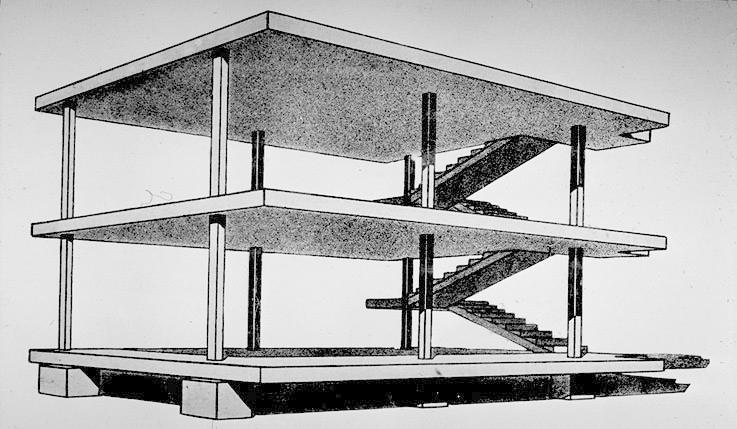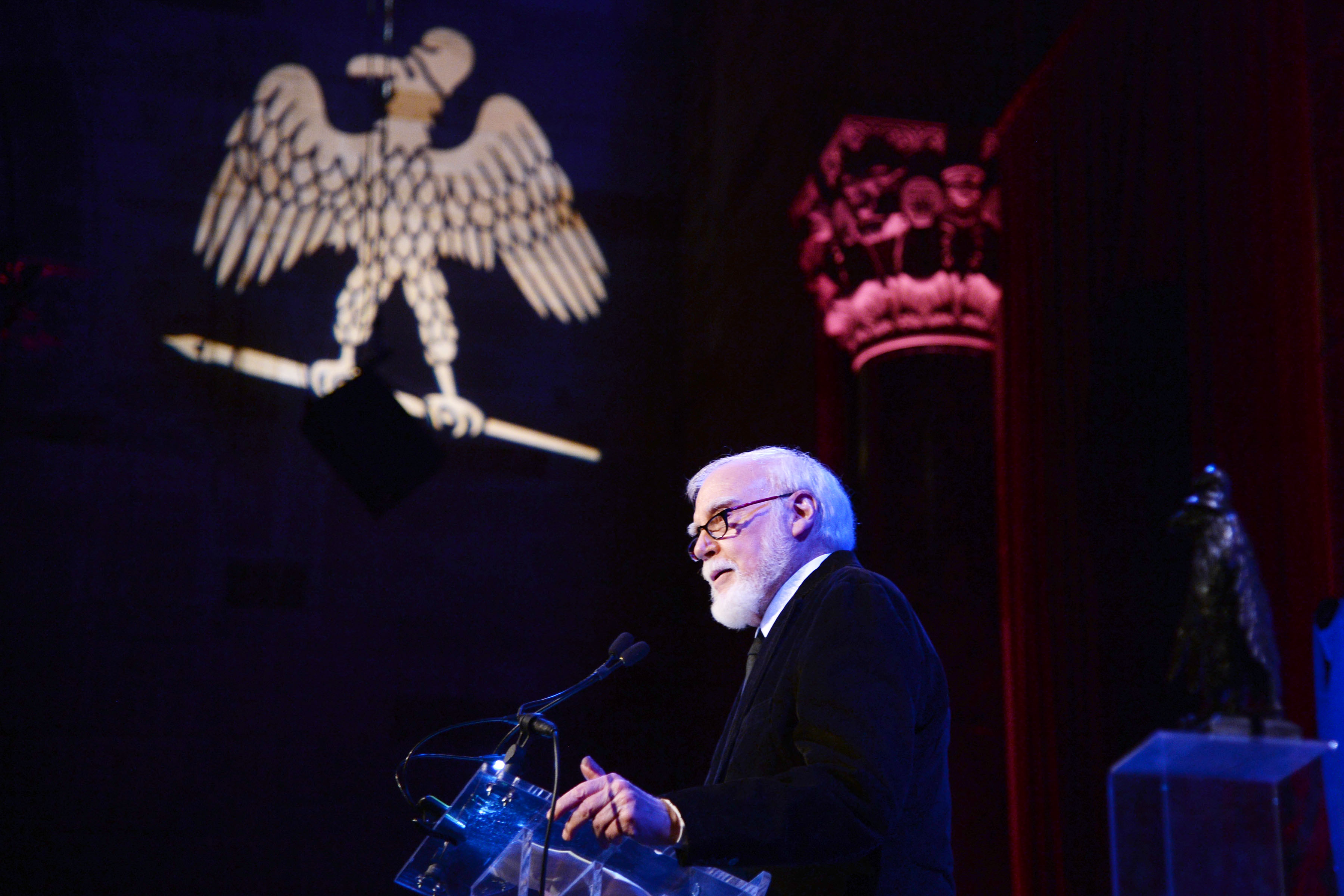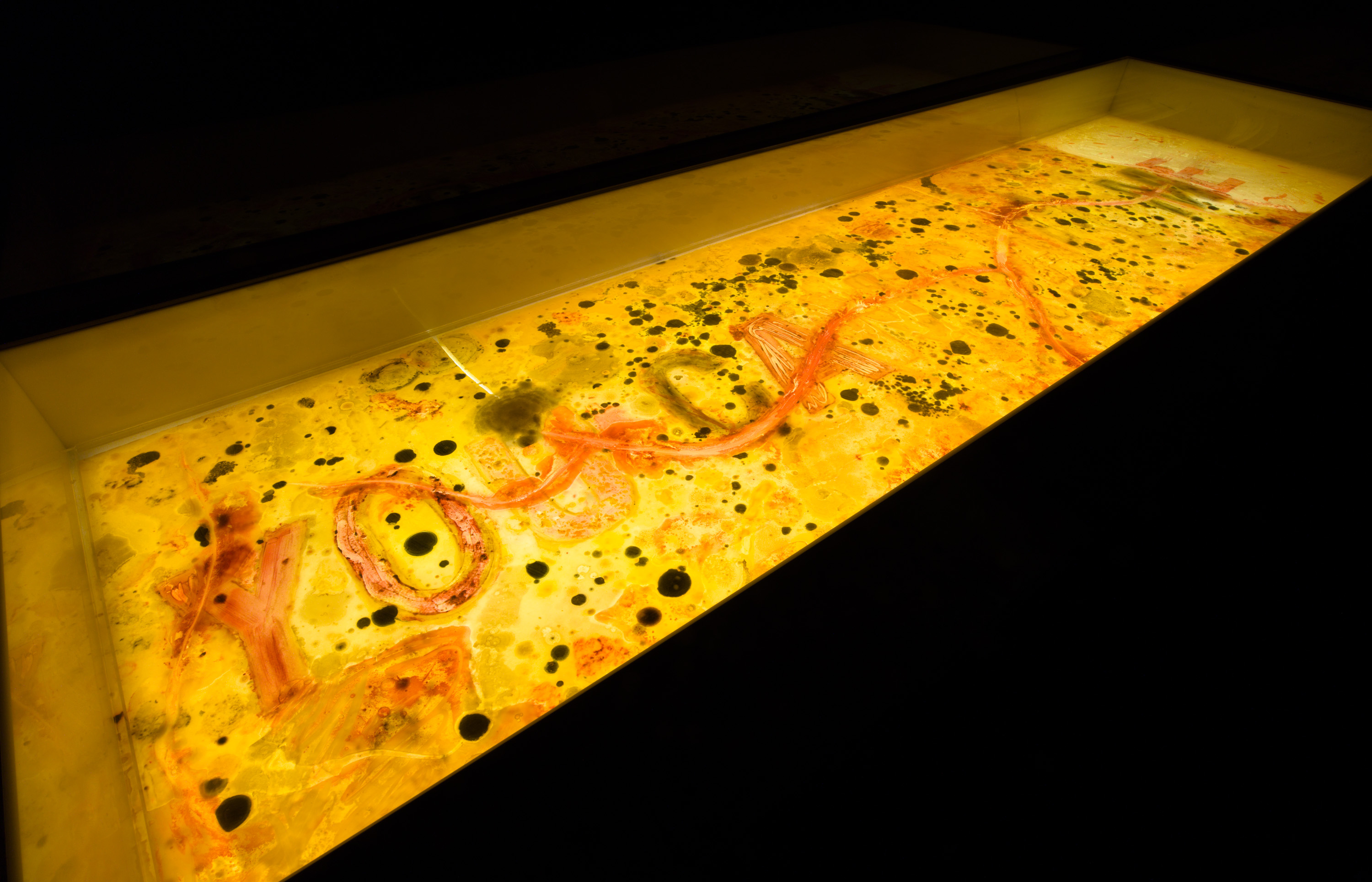It's extremely unlikely that a colossal space rock will slam into Earth in the coming centuries,Watch Project Power Online and beyond.
NASA, however, is vigilantly watching the skies for any near-Earth objects that might threaten our planet, whether on a small, regional, or planetary scale. Asteroids, often small, regularly whizz by Earth — which in space terms still means a few million miles away. On May 27, the space agency lists a "close approach" for a 1.1-mile-wide asteroid labeled "7335 (1989 JA)." It will pass us at a distance of about 2.5 million miles.
It's not a threat to Earth. If it were, NASA would issue an official warning to the White House and other government agencies — which is something the space agency has never needed to do.
Yet through telescopes, the sizable asteroid is already quite visible in the night sky. The Virtual Telescope Project — an educational and research astronomy endeavor that often shares images of passing objects — just captured an image of (7335) 1989 JA as it traveled closer to Earth. "The potentially hazardous asteroid (7335) 1989 JA is almost at its safe, minimum distance from us, being now very bright," Italian astronomer Gianluca Masi, who heads the project, wrote online. (Near-Earth objects are those that pass about 30 million miles from Earth's orbit; a "potentially hazardous object" gets within five million miles.)
Like most objects big or bright enough to be visible from millions of miles away, (7335) 1989 JA appears as a bright dot against the background of stars. In the image below from May 23, the rock is some 3.6 million miles away. (The Virtual Telescope Project captured a closer image of the asteroid on May 25, from some 2.8 million miles away, but at such a distance it looks similar.)
 The near-Earth asteroid (7335) 1989 JA. Credit: The Virtual Telescope Project
The near-Earth asteroid (7335) 1989 JA. Credit: The Virtual Telescope Project  A graphic of asteroid (7335) 1989 JA (on the red line trajectory) passing Earth and the moon. Credit: NASA / Center for Near Earth Object Studies
A graphic of asteroid (7335) 1989 JA (on the red line trajectory) passing Earth and the moon. Credit: NASA / Center for Near Earth Object Studies Read more about space rocks and asteroids at Mashable:
How scientists find the big asteroids that can threaten Earth
If a scary asteroid will actually strike Earth, here's how you'll know
The mega-comet hurtling through our solar system is 85, yes 85, miles wide
Weather permitting, The Virtual Telescope Project will also livestream the passing asteroid on May 26 and 27.
NASA is currently on the hunt for asteroids that are considerably smaller than a mile-wide behemoth, but can still pose a major threat to populated areas. Congress has directed NASA to find 90 percent of the near-Earth objects 460 feet (140 meters) wide or larger, though even a rock some 100 to 170 feet across can devastate a place like Kansas City. That's why NASA-funded telescopes are continuously looking for potentially-threatening rocks of all sizes.
If astronomers find them, then we can prepare and move out of the way if an impact becomes imminent. "You need to know what's coming, when it's coming, and how hard it's going to hit," Eric Christensen, the director of the NEO-seeking Catalina Sky Survey in Arizona, recently told Mashable.
And if humanity has years of notice, one day we just might be able to nudge a future asteroid away from our planet.
Previous:Revolutionaries for Hire
 Operation Snowflake
Operation Snowflake
 Notes on Wackiness
Notes on Wackiness
 The Picasso of ... Whatever
The Picasso of ... Whatever
 Can You Spot the Fake Books at Shakespeare and Company?
Can You Spot the Fake Books at Shakespeare and Company?
 History Won’t Save You
History Won’t Save You
 The Picasso of ... Whatever
The Picasso of ... Whatever
 Can You Spot the Fake Books at Shakespeare and Company?
Can You Spot the Fake Books at Shakespeare and Company?
 The Effusions and Offenses of Kaiser Wilhelm II
The Effusions and Offenses of Kaiser Wilhelm II
 A Right to Police Accountability
A Right to Police Accountability
 How Le Corbusier‘s Model Homes Popped Up Across Italy
How Le Corbusier‘s Model Homes Popped Up Across Italy
 This Could Revolutionize That
This Could Revolutionize That
 Better Call Caravaggio: “Saul” Borrows from Baroque Painting
Better Call Caravaggio: “Saul” Borrows from Baroque Painting
 Photos from Our 2015 Spring Revel
Photos from Our 2015 Spring Revel
 Literary Feuds: John Irving and J. P. Donleavy
Literary Feuds: John Irving and J. P. Donleavy
 Lost in Boston
Lost in Boston
 Feminist Fumes: Anicka Yi’s Miasmatic Art
Feminist Fumes: Anicka Yi’s Miasmatic Art
 World Dream in Six Words
World Dream in Six Words
 Adrift: Remembering Yoshihiro Tatsumi by Chris Oliveros
Adrift: Remembering Yoshihiro Tatsumi by Chris Oliveros
 Lovesick and Twitter Verified
Lovesick and Twitter Verified
 Judas: No One’s Favorite Apostle
Judas: No One’s Favorite Apostle
Priyanka Chopra apologizes after 'refugee' shirt prompts Twitter backlashElon Musk pushes back product announcement, says it needs more refinementTigers get summer ready with a new pool and conservation facilitiesYou no longer have to order cheesesteaks in EnglishGoogle Flights will now help you avoid sudden price increasesMartin Shkreli ignites drama with an impromptu happy hour in BrooklynWatch Chloe Grace Moretz game alongside Rooster Teeth employees in new video seriesFlorida fans leave Amy Schumer show after election talk gets too realApple doesn't need to build a car to get what it really wantsShepard Smith discusses his sexuality while defending Roger AilesPriyanka Chopra apologizes after 'refugee' shirt prompts Twitter backlashMartin Shkreli ignites drama with an impromptu happy hour in BrooklynIf you refrigerate your tomatoes, you're doing it wrongGreenland calls on Denmark to clean up toxic waste buried in melting ice sheetKanye West might have called out Drake for stealing stage designWhat the hell is going on in Russia?Mum accidentally buys hilariously rude TPeople believe Pamela Anderson poisoned Julian Assange with vegan food'Rick and Morty' coAccording to Little Mix's new track, Zayn isn't as good at sex as he thinks he is Monsieur Bébé: The Brief, Strange Life of Raymond Radiguet iOS 17.2 beta 4: 5 new features coming to your iPhone John Akomfrah, On the Verge by Tiana Reid Best TV deal: Get a Samsung The Frame QLED 4K smart TV for under $900 John Dos Passos at the 92nd Street Y by Lydia Davis Inherited Trauma: An Interview with Emily Jungmin Yoon by Lauren Kane Poetry Rx: Your Body Will Haunt Mine by Claire Schwartz Staff Picks: Decadence, Doodles, and Deep Ends by The Paris Review The Surprising History (and Future) of Fingerprints Google rolls out Chrome update to patch security flaw How to cancel your Amazon order New SPILL app: What is it and who can join? Poetry Rx: And You Want to Be Liked by Kaveh Akbar The Teddy Bear Effect Google announces top apps and games of 2023 on Google Play I Have Wasted My Life Spotify Wrapped 2023 date: When it comes out, how to view yours Was Holly Golightly Bisexual? by Rebecca Renner Best Samsung deal: Samsung Galaxy Watch 6 on sale for $229.99, plus a free Galaxy SmartTag2 Mothers as Makers of Death
1.9145s , 10131.1875 kb
Copyright © 2025 Powered by 【Watch Project Power Online】,Fresh Information Network